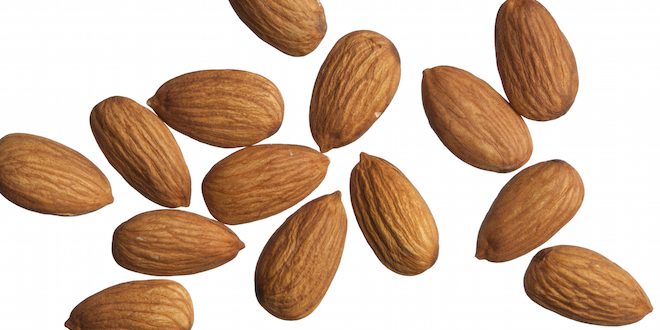A common complaint I’ve heard from people living with diabetes is how difficult it can be to find a snack that won’t raise blood sugar, is convenient to carry and is good for you.
Diabetes Canada's Clinical Practice Guidelines suggest that adding 2 oz of mixed unsalted raw or dry roasted nuts daily as a replacement for carbohydrate foods results in a lower A1C (3-month average blood sugar measurement) as well as improved cholesterol levels. Contrary to what you may expect, according to studies this doesn’t result in any weight gain. Nuts are more than just a low-carb snack!
A variety of nuts such as almonds, walnuts, pecans and peanuts have been recognized as part of a heart-healthy diet for many years because of their ability to provide healthy monounsaturated fats and alpha-linolenic acid (ALA) which is a plant-based source of healthy omega-3 fats. Nuts are an important part of both the Mediterranean diet (known for improving blood sugar control and heart disease risk factors) and the DASH diet (known for improving blood pressure levels).
Since nuts are low in carbohydrates, the benefit for people living with diabetes is that they have little effect on blood sugar levels. Of course, if having carbs as part of your snack is necessary for preventing low blood sugar (hypoglycemia), you wouldn’t want to replace the carbs with nuts as this wouldn’t provide the carbs needed to prevent the low blood sugar. However for those individuals looking for a satisfying in-between meal nosh that will keep their blood sugar from climbing, nuts are an excellent option.
The fibre, protein and fat found in nuts help to provide a feeling of fullness, making them a good choice for taking the edge off the appetite and reducing the desire to eat unhealthy foods between meals. The added bonus is that nuts may actually help to control weight. The reasons for this are not fully understood. However, as with anything else, portion sizes matter. Instead of eating directly from a large bag or bowl of nuts, it’s best to measure out about 2 ounces, and place them in a small container that you can carry with you wherever you go. Or place them next to you while working or watching TV.
Nuts don’t have to be allocated only for snacks. Having them as part of a meal also has advantages for people with diabetes. The fibre, fat, protein and possibly other components in nuts weaken the blood sugar effect of the carbohydrate foods in the same meal. In one study, when almonds were eaten along with bread, the resulting blood sugar was less than when bread was taken alone. For nuts to have this effect they should be combined with the carbohydrate portion of the meal. Try adding peanuts to a stir-fry or sprinkle some slivered almonds into a salad.
The bottom line is that eating nuts as a source of unsaturated (monounsaturated and polyunsaturated) fat intake to replace carbohydrates can improve blood sugar and cholesterol levels while providing a tasty satisfying alternative.
 Diabetes Care Community Learn, connect and care
Diabetes Care Community Learn, connect and care




